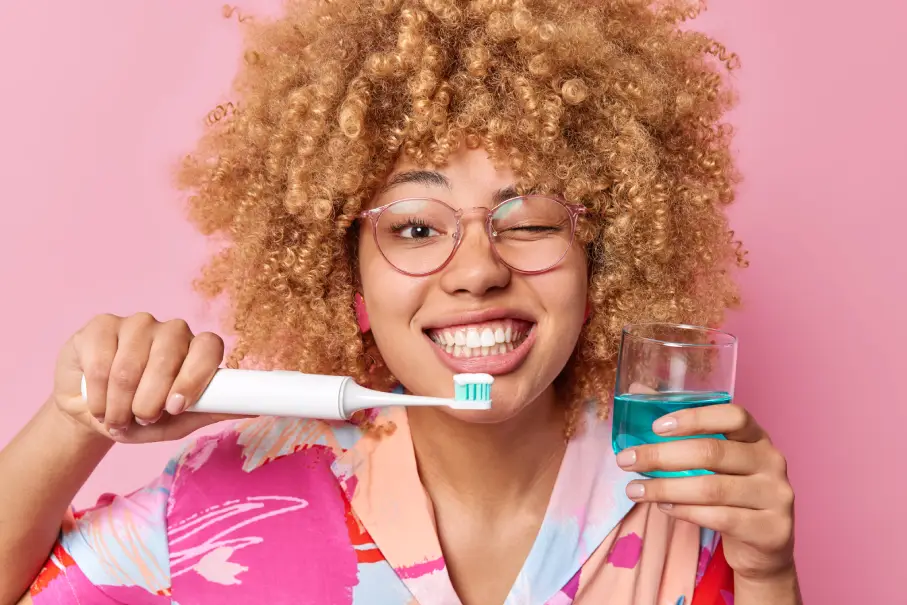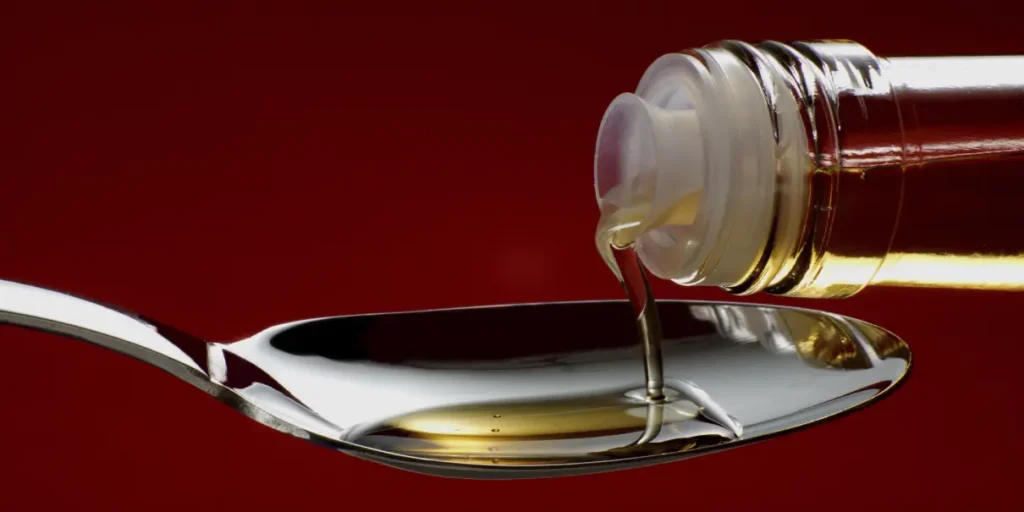
Lately, oil pulling has made a surprising comeback, moving from traditional wellness routines into the spotlight of modern life — showing up everywhere from social media and lifestyle blogs to conversations about natural self-care. Fans claim to use it to whiten their teeth and gums, clean their breath, and even detoxify their mouth, among other benefits. Its concept is so easy that all you need to do is swish oil and smile to have healthier teeth. But is it really that easy? Is oil pulling a solution to its promises, or is it just another transient wellness trend?
Studies indicate that it is able to reduce bacteria, enhance breath, and perhaps whiten teeth, but it does not substitute the conventional dental practice.
Now it’s time to explore the research, the real benefits, and what dentists have to say about making oil pulling part of your daily routine.
What Is Oil Pulling?
Oil pulling — usually coconut, sesame, or sunflower — in your mouth for 10 to 20 minutes before spitting it out. The idea is that the oil draws out bacteria, toxins, and debris, helping to support better oral health.
It is also an ancient practice since Ayurveda, the ancient medicine of India, used the practice in bringing about detoxification and balance to the body. Oil pulling was otherwise known as Kavala or Gandusha and was believed to make the mouth clean and the body healthy.
Modern practitioners occasionally turn to coconut oil due to the lack of any starchiness in its taste and its antimicrobial properties, but sesame and sunflower oils are common as well. It is the simplicity that is the appeal; it does not contain any chemicals, no harsh ingredients, and it focuses on natural oral care.
Claimed Benefits of Oil Pulling
Oil pulling advocates argue that it has various benefits in terms of health. Here are the most common ones:
The Teeth Whitening and Stain Removal
It will remove surface stains and leave their teeth naturally white. Coconut oil specifically is believed to dissolve some discoloration brought about by coffee, tea, or tobacco in a gentle manner.
The elimination of Plaque and Bacteria
Since oil can collect and eliminate bacteria of the mouth, frequent oil pulling can decrease the accumulation of plaque. Research has found that there is a certain reduction in the number of harmful bacteria, such as Streptococcus mutans, that is associated with cavities and gum disease.
Promoting Periodontal Health and Preventing Periodontal Disease
Oil pulling can help keep the gums healthier and reduce bleeding or swelling that is caused by gingivitis by reducing bacteria and plaque. Other individuals also use it as a calming agent for sore or swollen gums.
Fresh and Oral Health
Oil pulling is also good in countering the odor because it gets rid of the bacteria that cause bad breath. It can be used along with brushing and flossing, and helps make the mouth cleaner and more pleasant to have overall.
What Does the Science Say?
Although there are abundant reports on oil pulling anecdotally, there is limited scientific evidence. There is some limited evidence that oil pulling may help decrease oral bacteria and enhance hygiene indicators. For example:
- In a 2016 study published in the Journal of Clinical and Diagnostic Research, coconut oil pulling was determined to be effective in the reduction of plaque and gingivitis in adolescents when combined with regular brushing.
- The other research article in the Nigerian Medical Journal (2015) revealed that pulling with sesame oil reduced the amount of bacteria and enhanced the general oral hygiene in comparison with a control group.
Nevertheless, the vast majority of dental professionals concur that oil pulling can possess certain antibacterial properties, but it cannot replace brushing and flossing. The American Dental Association (ADA) has observed that the evidence on oil pulling is not enough to justify its use as an oral health procedure in its own right.
Dentists tend to consider oil pulling as an adjunctive practice – a natural method of improving oral health, but not substituting fluoride toothpaste or professional cleaning. Simply, it can be helpful, but it is not a miracle

Potential Risks and Safety Considerations
Oil pulling is generally safe when done correctly; however, there are some potential risks to keep in mind:
- Choking or aspiration: Swishing oil for 15–20 minutes can be tiring, and accidentally swallowing or inhaling it may cause discomfort or, in rare cases, lipid pneumonia.
- Allergic reactions: Although uncommon, individuals allergic to coconut or sesame oil should avoid using them.
- Over-reliance on oil pulling: Using oil alone without brushing or flossing can lead to plaque buildup, cavities, and gum problems.
How to Practice Oil Pulling Safely at Home
Oil pulling is a safe procedure, but to perform it, you should take the following steps:
- Oil option: Use 1 tablespoon of coconut, sesame, or sunflower oil.
- Swish: Rub the oil between your teeth, around your lips and your gums, and inside your mouth about 10-20 minutes. Avoid swallowing.
- Spit it out: Spit the used oil in a trash can (not sink it will clog drains).
- Rinse and brush: Rinse your mouth with warm water, then brush and floss as you normally would.
How often? The majority of the professionals suggest that oil pulling should be done three or four times per week, mostly in the morning before eating or brushing your teeth. Continue taking fluoride toothpaste and keep having dental check-ups.
Conclusion
Then, does oil pulling take care of teeth? The answer: partially. Imagine it as a natural addition to your oral health care regimen – not an alternative.
At NewStar Dental, we encourage patients to explore natural practices like oil pulling, but nothing can replace the proven effectiveness of regular brushing, flossing, and professional dental cleanings.
If you want to ensure your oral health is truly protected, schedule an appointment at NewStar Dental today for personalized care and expert guidance.
